How to pick a watermelon: tips for harvesting the juiciest fruits
Follow these easy tips for how to pick a watermelon so you can work out when it's ripe and ready to harvest

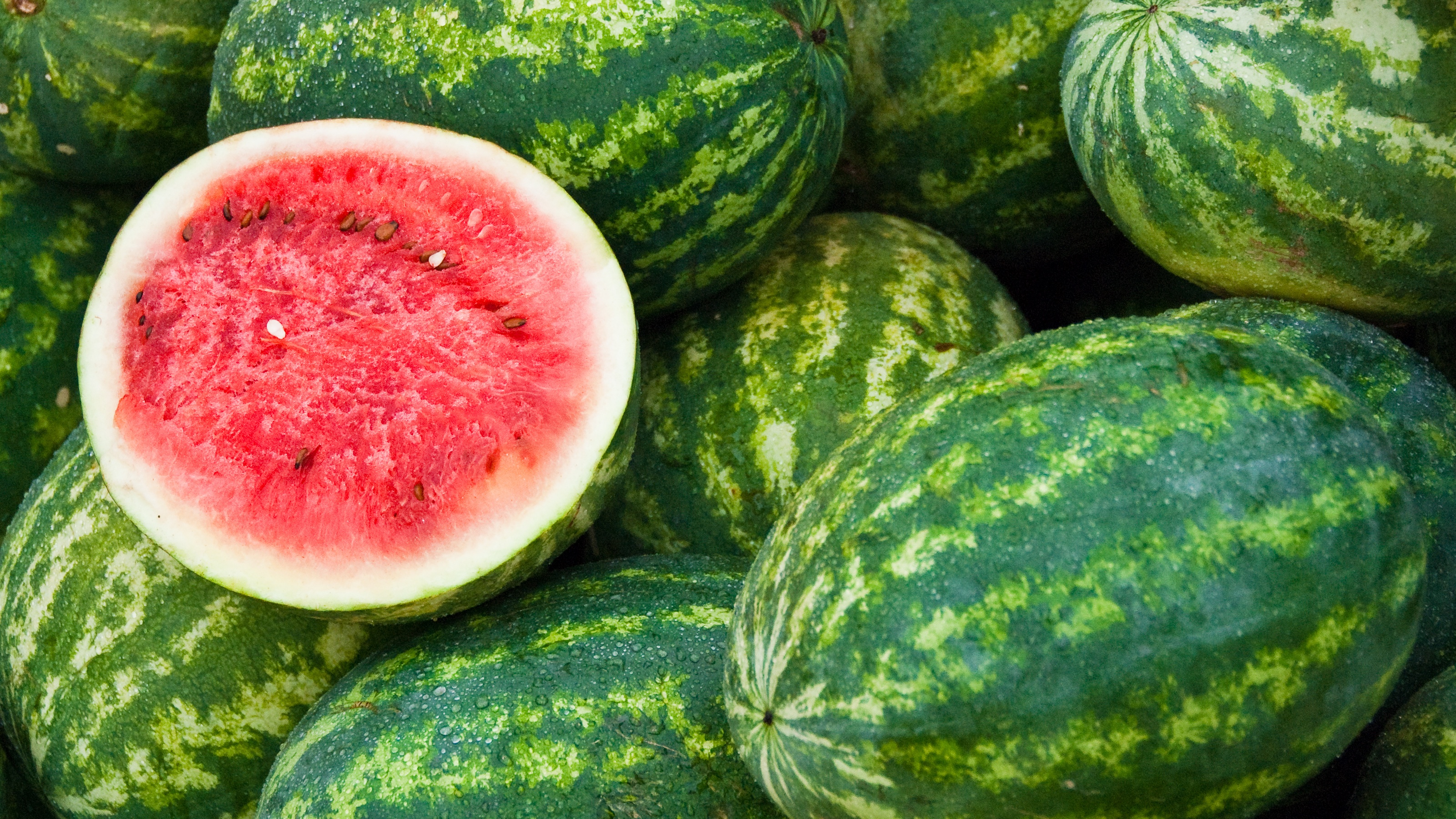
Knowing how to pick a watermelon isn't quite as easy as it looks. Of course you’re looking for a ripe watermelon – but it’s also important to check whether you’ll be munching away on a sweet and juicy fruit or if you'll be stuck with a bland tasting, overly watery one.
Luckily, when it comes to how to grow watermelon, there are plenty of different ways to ascertain what kind of fruit you'll soon be eating. When summer rolls around, you'll be enjoying the crisp and refreshing experience of biting into a big slice of watermelon. And if you've picked it yourself, all the better!
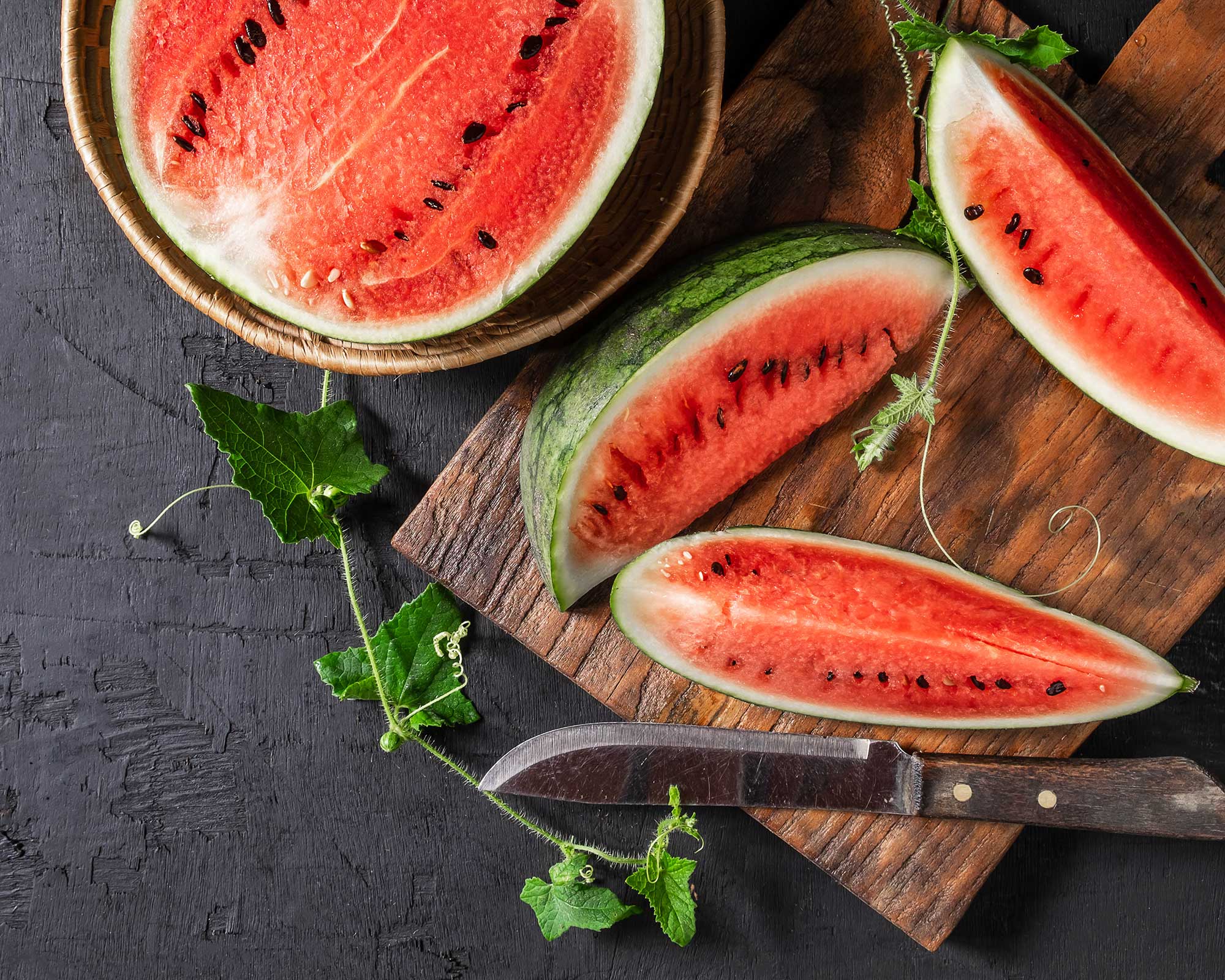
Five easy steps for how to pick a watermelon
- First, take a look at the visible signs on the watermelon. If the curling tendril that connects the fruit to the vine is completely dried out and brown-looking then the watermelon is ready to be picked. The field spot – the place where the fruit rests on the ground – should have turned a yellow/cream color.
- The overall shape of the watermelon should be symmetrical. If the watermelon is elongated instead of a spherical shape then it's more likely to have a watery taste.
- Give the watermelon a gentle tap with your knuckles. Ripe watermelons should produce a deep ring, like knocking at a door. The rind should look dull and dark, and feel firm to the touch.
- Try lifting the fruit. As a ripe watermelon is comprised of 92% water, it should feel significantly heavy for its size.
- To remove the melon from its stem, gently twist and pull or use a sharp knife.

Checking the watermelon's field spot for signs of ripeness
Because watermelons grow on vines along the ground, typically in raised garden beds or even in small vegetable gardens, there’s always a patch on the underside of the fruit that doesn’t see the sun. The color of this patch, known as the field spot, is a sure-fire way to know if your watermelon is ripe enough to eat.
It should be a shade of yellow – anything from a buttery color to a dark tan. If the field spot is resolutely pale though then the watermelon's not yet ready.
The size of the field spot will also change as the fruit ripens: the bigger and darker the spot, the riper the melon becomes.
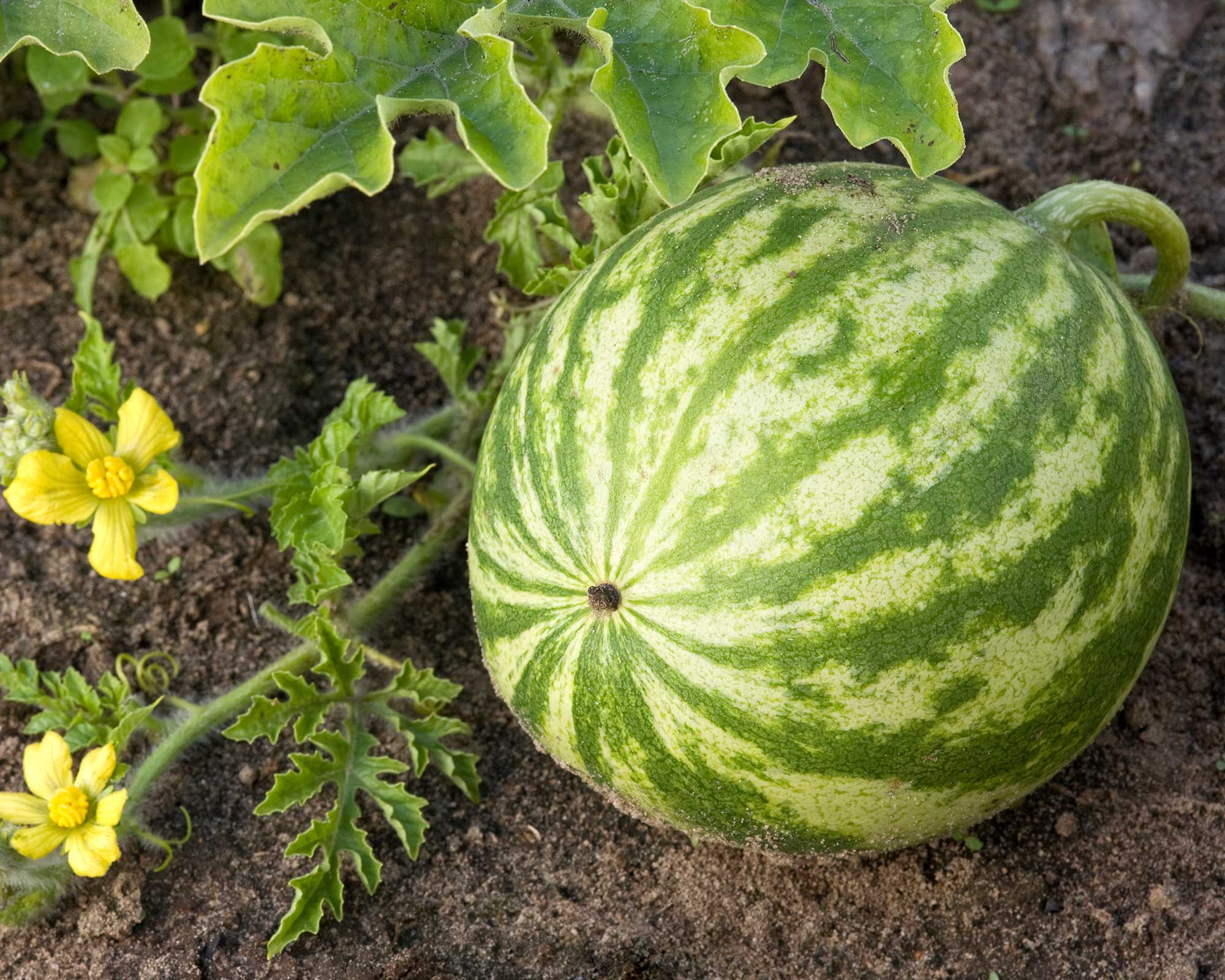
Is webbing on a watermelon good?
You'll probably have noticed that watermelons tend to have a certain amount of brown scarring, or 'webbing', on the rind's surface. Though you'd be forgiven for thinking it's a mark of bad quality, watermelon webbing is actually a good thing and can help you know when the timing is right to pick your watermelon.
When a watermelon plant is flowering, bees are needed to pollinate these flowers so the ensuing fruit can grow. The webbing is a form of scarring that appears after pollination, and more webbing indicates a higher level of sugar within the fruit.
Watermelon flowers are actually only viable for a single day per growing season, so it's imperative that plenty of bees are around to instigate the pollination process. Planting bee friendly plants is a great way to get more pollinators into your garden.

How can you tell if your watermelon isn't ripe enough yet?
Aside from looking at the fruit itself, there are some clear signs on other parts of the plant that tell you whether a watermelon is at the right stage for harvesting.
- Looking at the rind is a helpful clue. If it's glossy and shiny, the watermelon still has some ripening to do. You're after a fruit that has a dark and dull rind, which ensures it's fully grown.
- The curling tendril needs to have fully dried out before harvesting, as that's where the watermelon gets its nutrients. If it's still green then the watermelon is still unripe.
- For watermelons you've grown yourself, an easy tip is just to keep an eye on the fruit's size. If it doesn't change over a few days then it's reached its full potential. Growing watermelons can also pair nicely with the best vegetables to grow in raised beds.
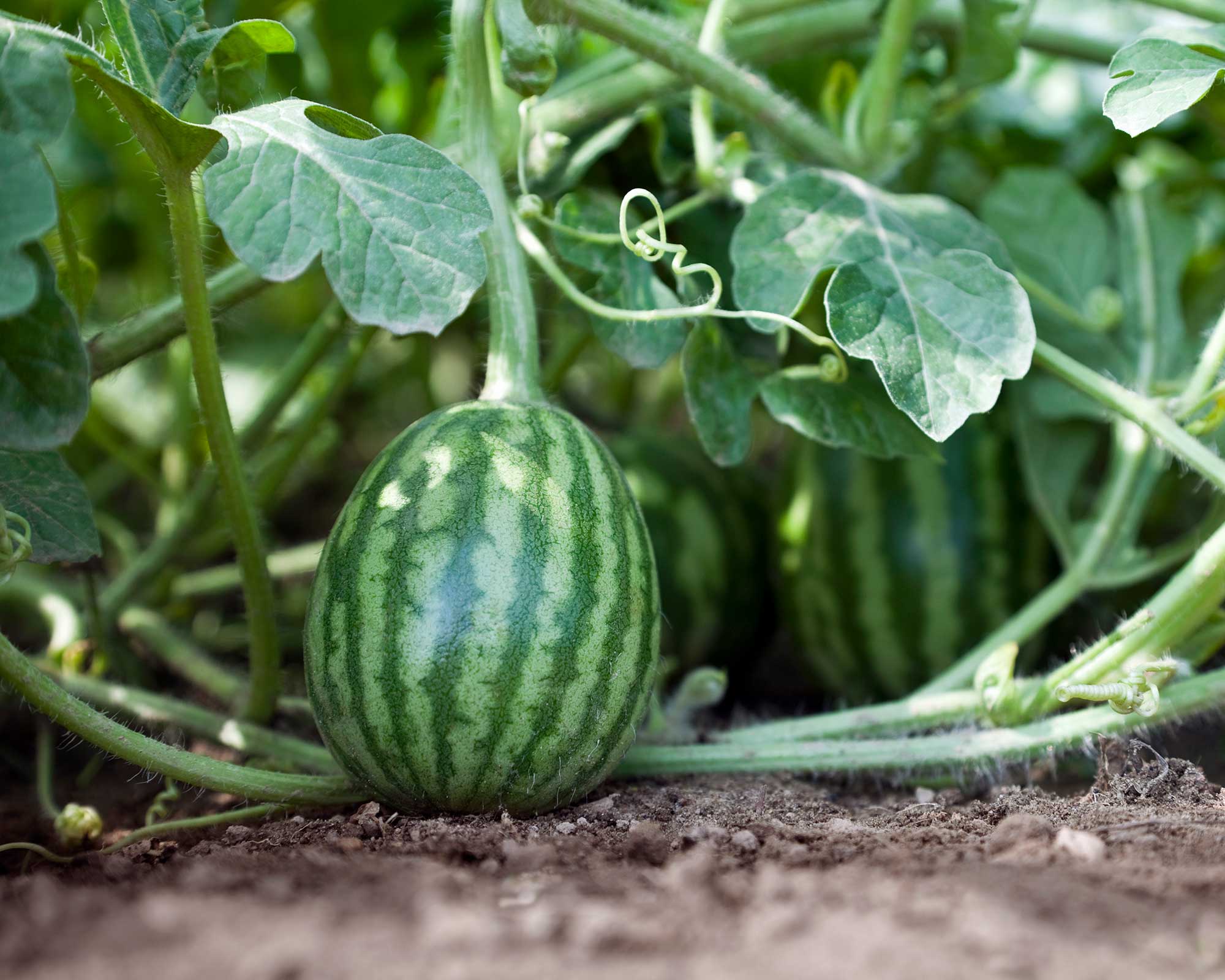
How can you tell if a watermelon is too ripe?
Sometimes you miss the boat and end up with a watermelon that's overripe. Luckily, there are a few ways to spot a spoiled watermelon before you cut it open.
The texture of the rind is a great indicator of whether the fruit has gone bad. If it's soft enough for your fingernail to pierce, or if it has a certain amount of give when gently squeezed, then unfortunately that watermelon isn't going to be good to eat. You're looking for a rind that's thick and hard instead.
When you tap a watermelon and hear a rather hollow sound, it's another signal that the fruit is beginning to spoil.
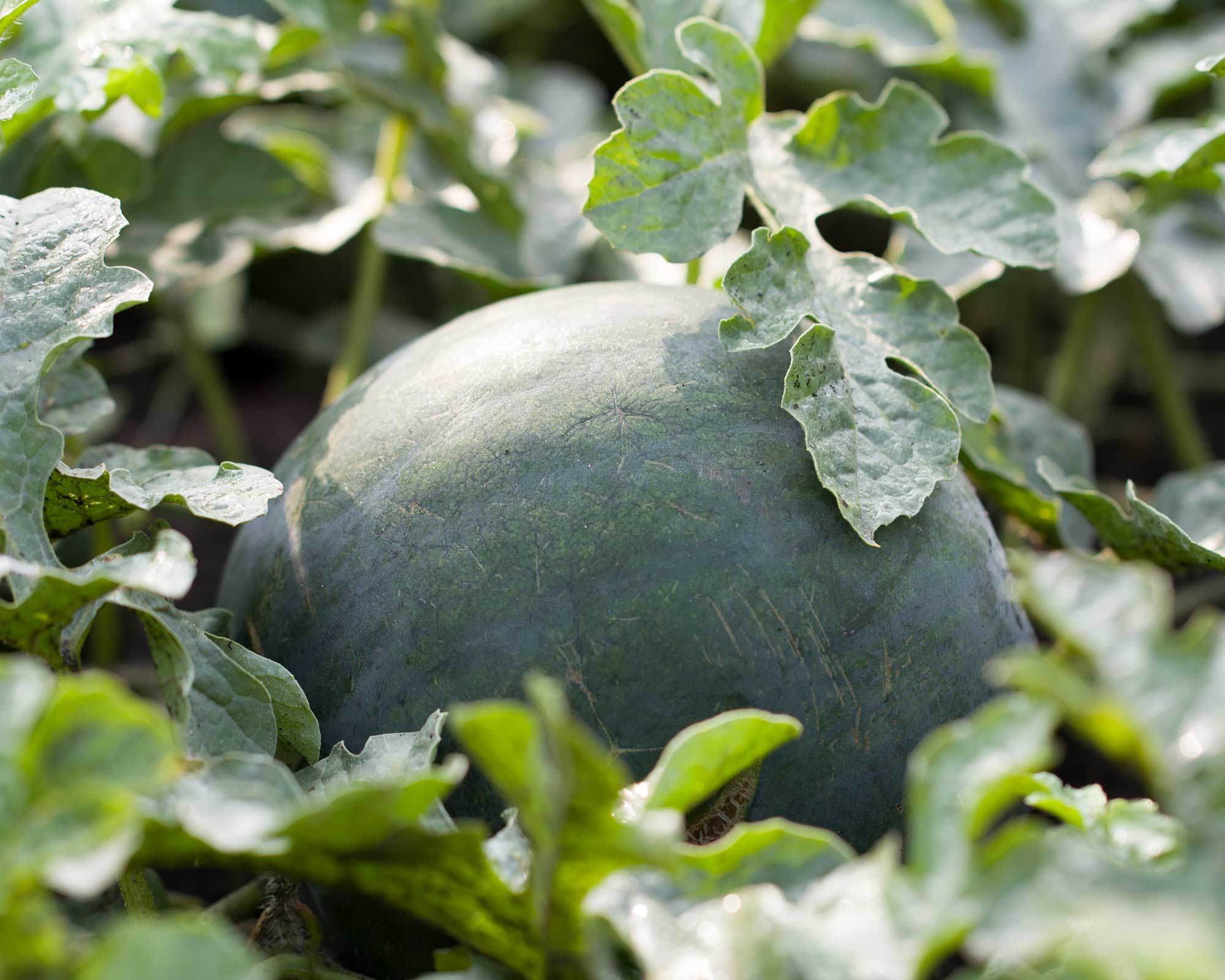
What time of year can you pick a watermelon?
Watermelons usually begin to ripen from mid-summer onwards. You can probably start to harvest the fruits when you smell a strong melon fragrance on the air.
According to Burpee, watermelons will take between 75 to 85 days to reach maturity when grown in full sun – but as there are plenty of watermelon varieties, it's worth checking your seed packets for the most accurate information.
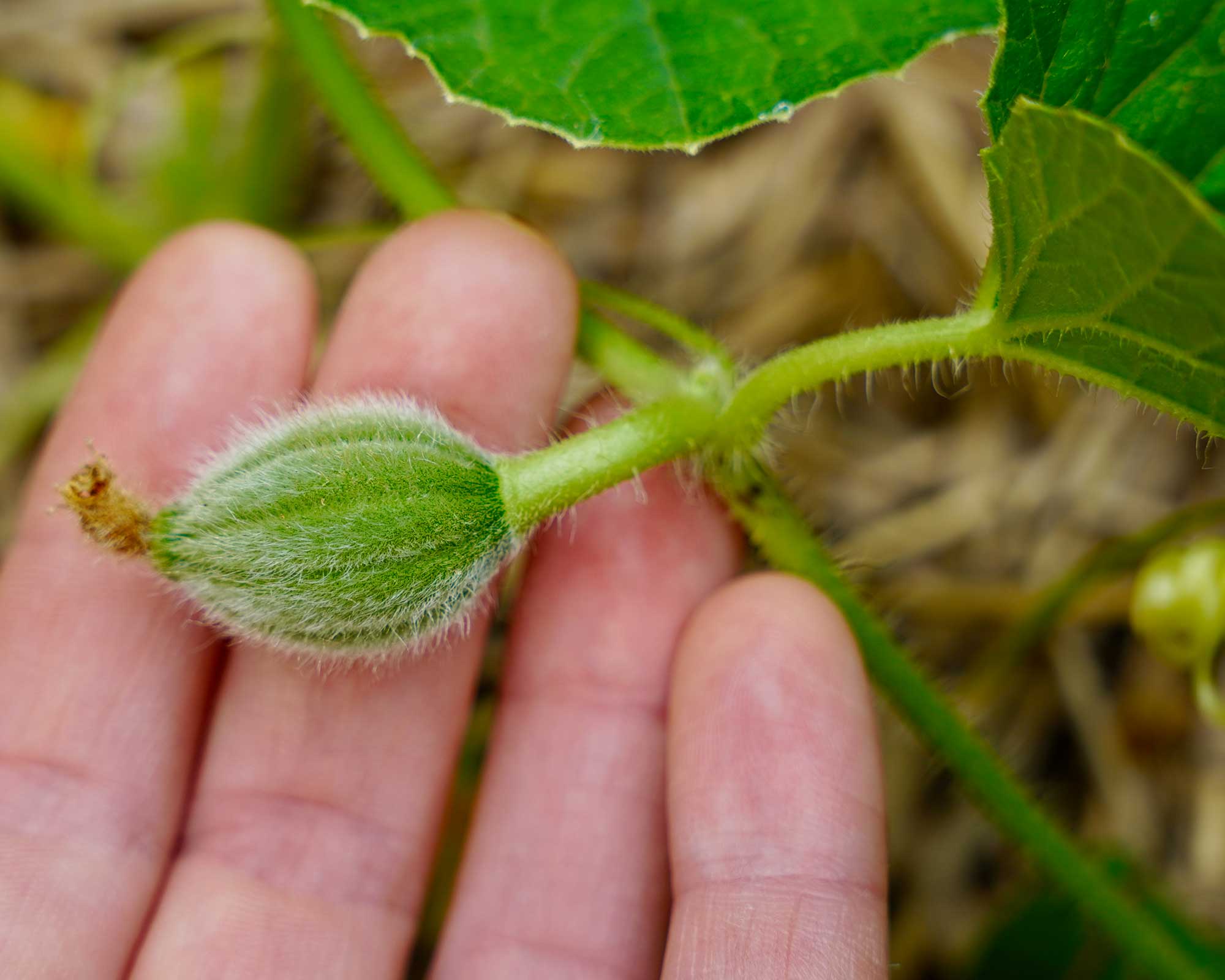
How to make your freshly picked watermelon last for longer
Another top tip for how to pick a watermelon is that after you've harvested it, it's best to chill it before serving. A cut melon, if covered with plastic wrap or aluminium foil, will keep for several days in the fridge. They're ideal for adding to summer salads to serve alongside the best BBQ recipes.
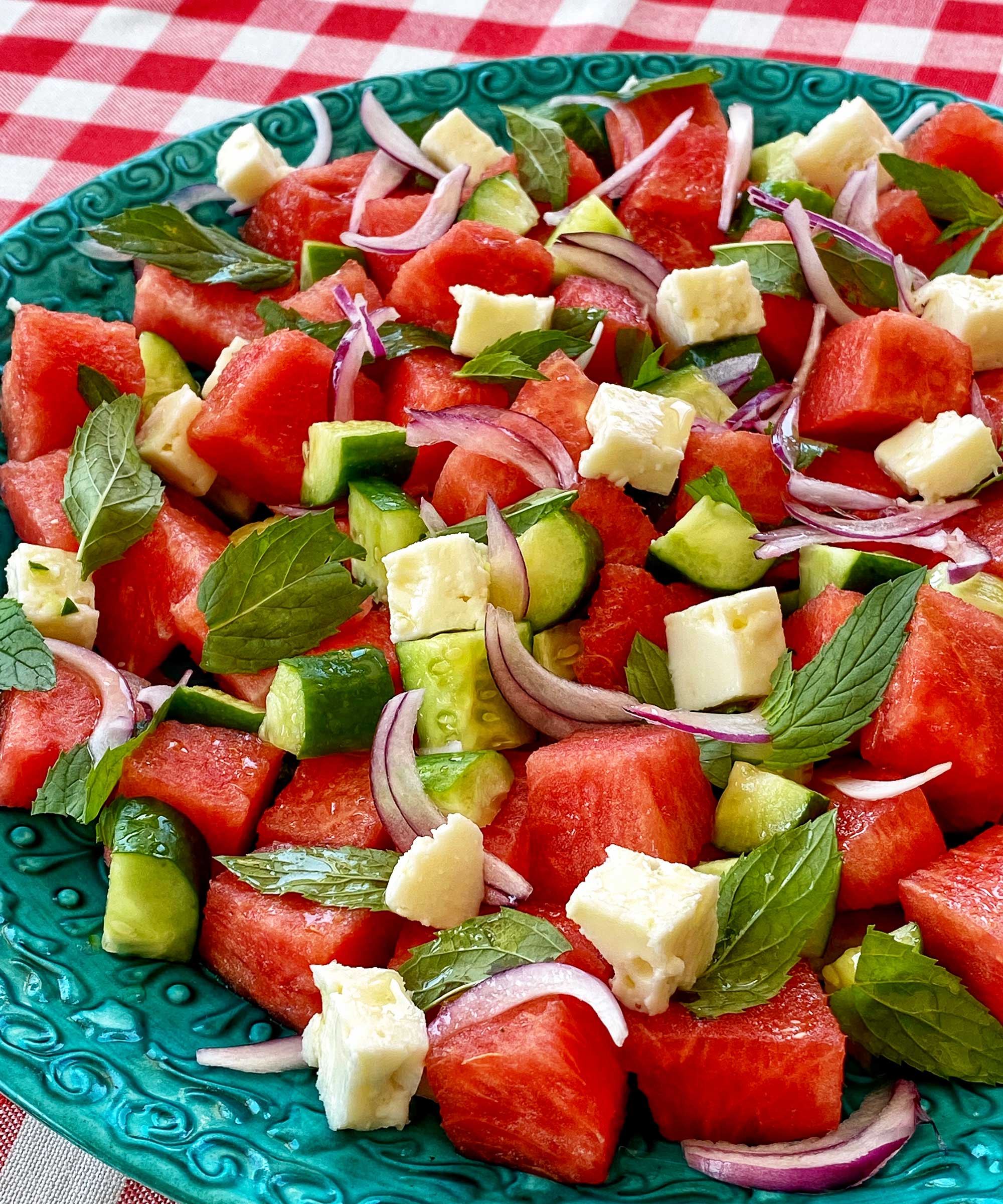

Freelance writer and author Flora Baker is a keen amateur gardener and houseplant enthusiast. Her small garden in South London is a constant work in progress as she gets to grips with snail prevention, DIY trellises and what to plant in shady spots overrun with ivy.
